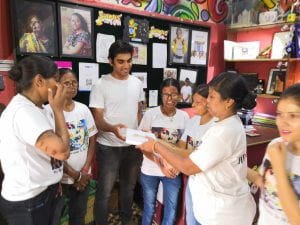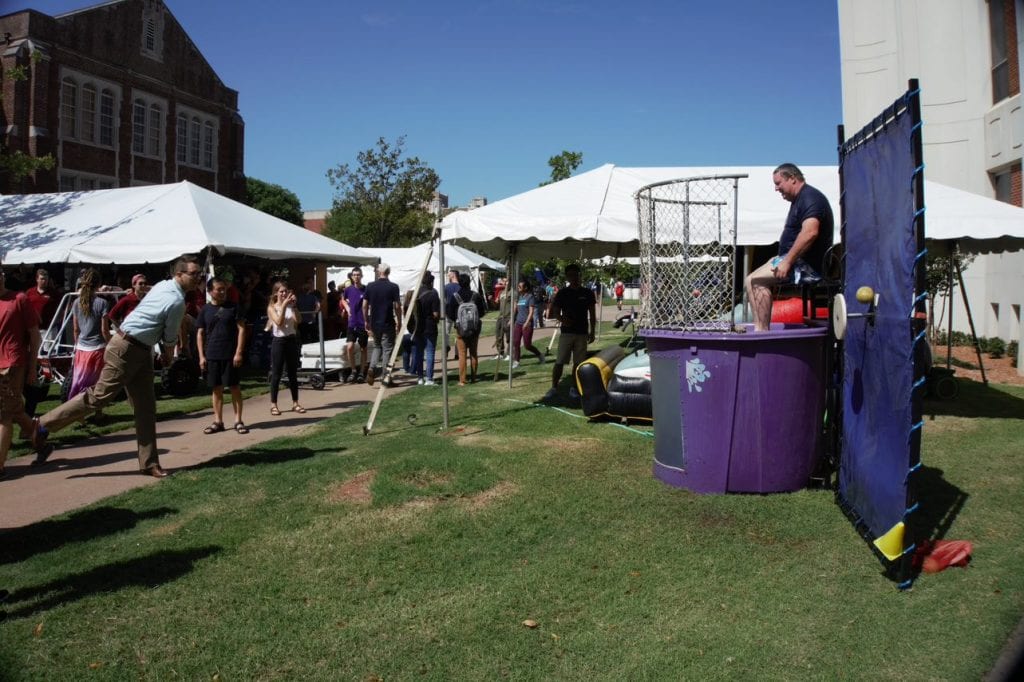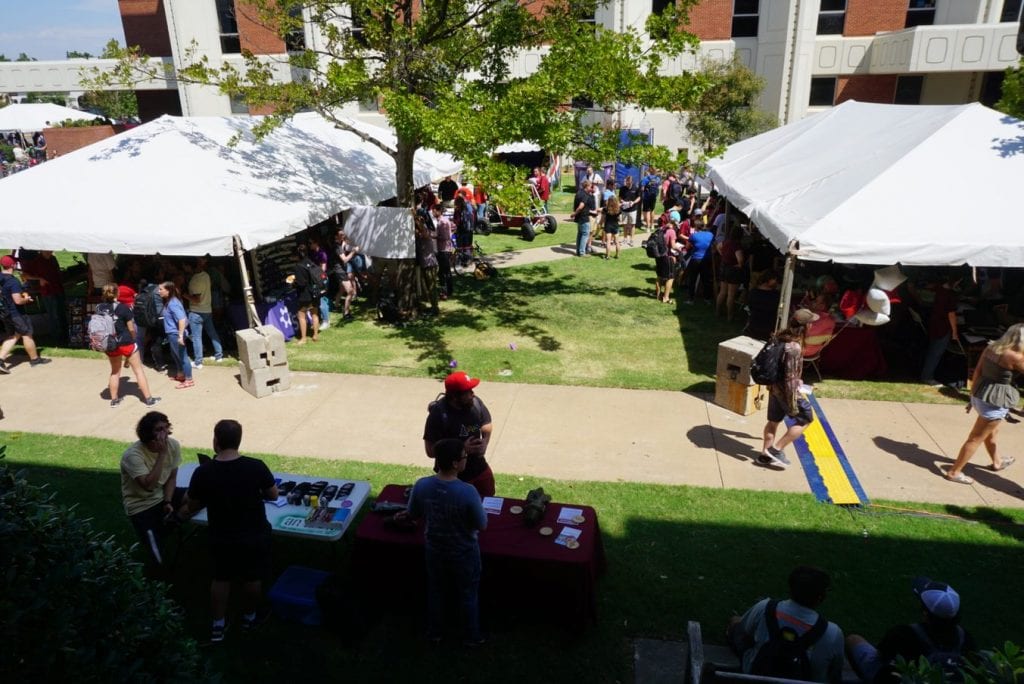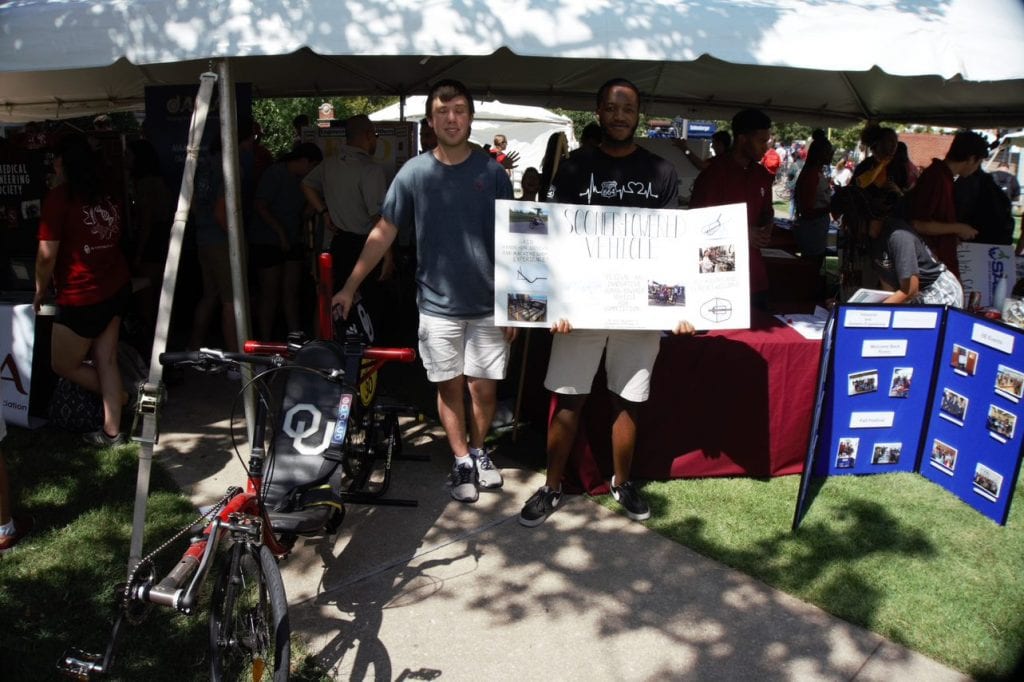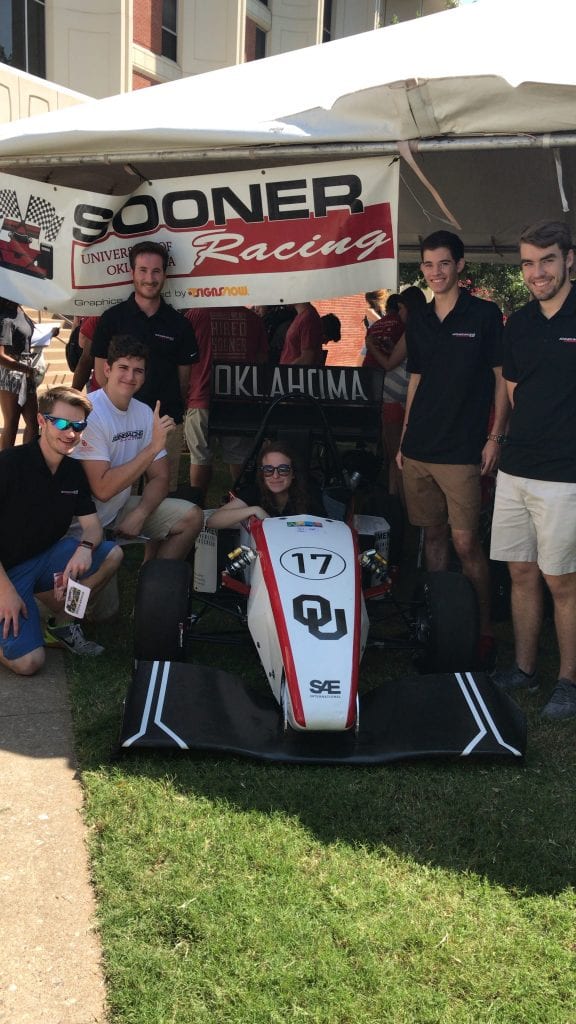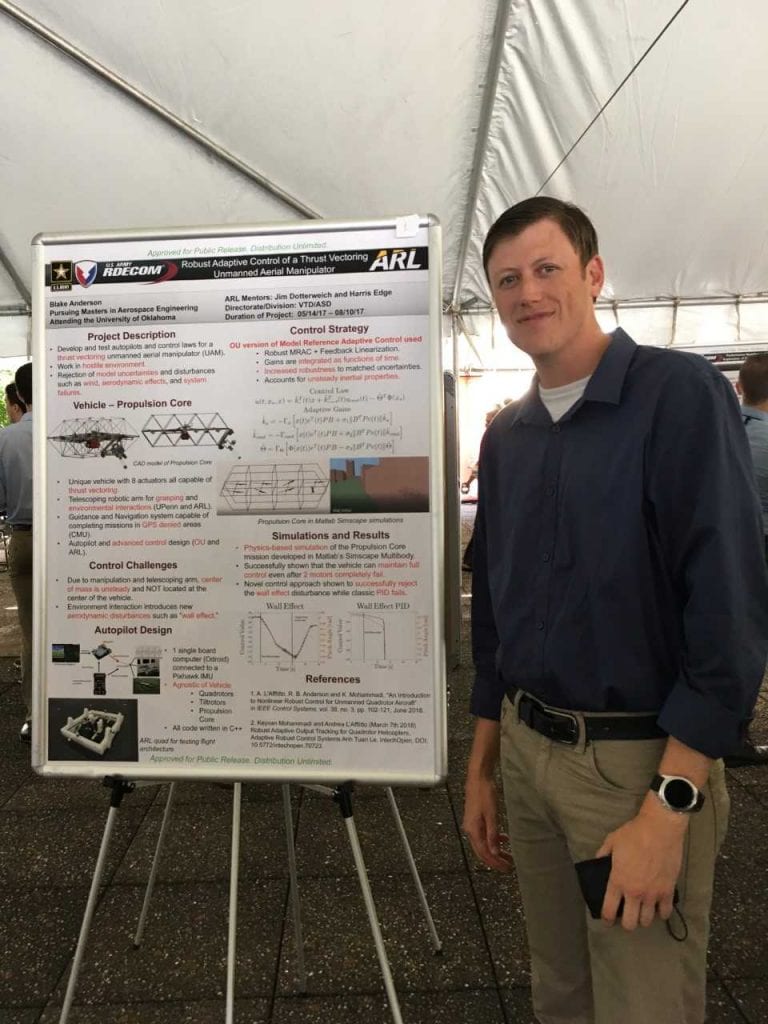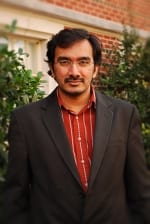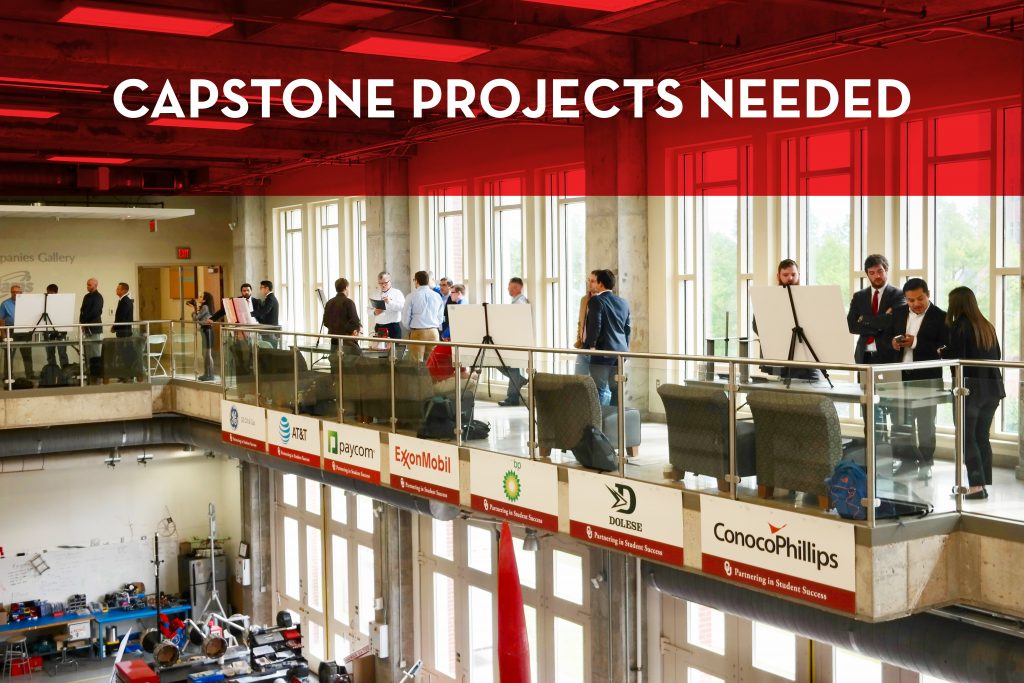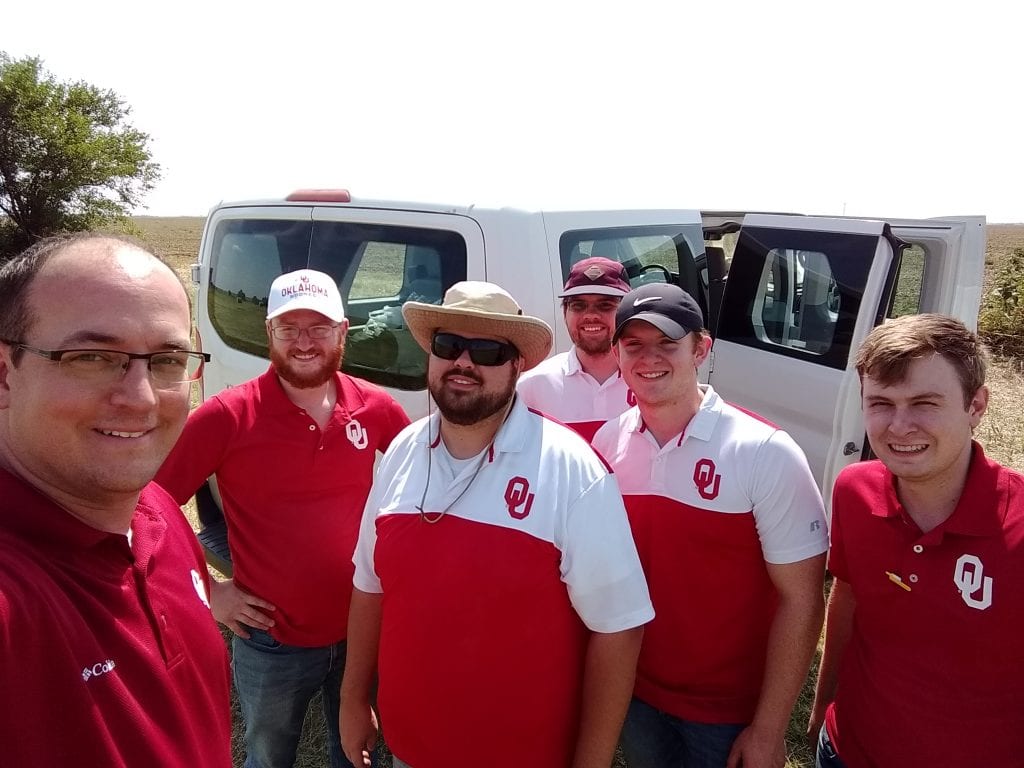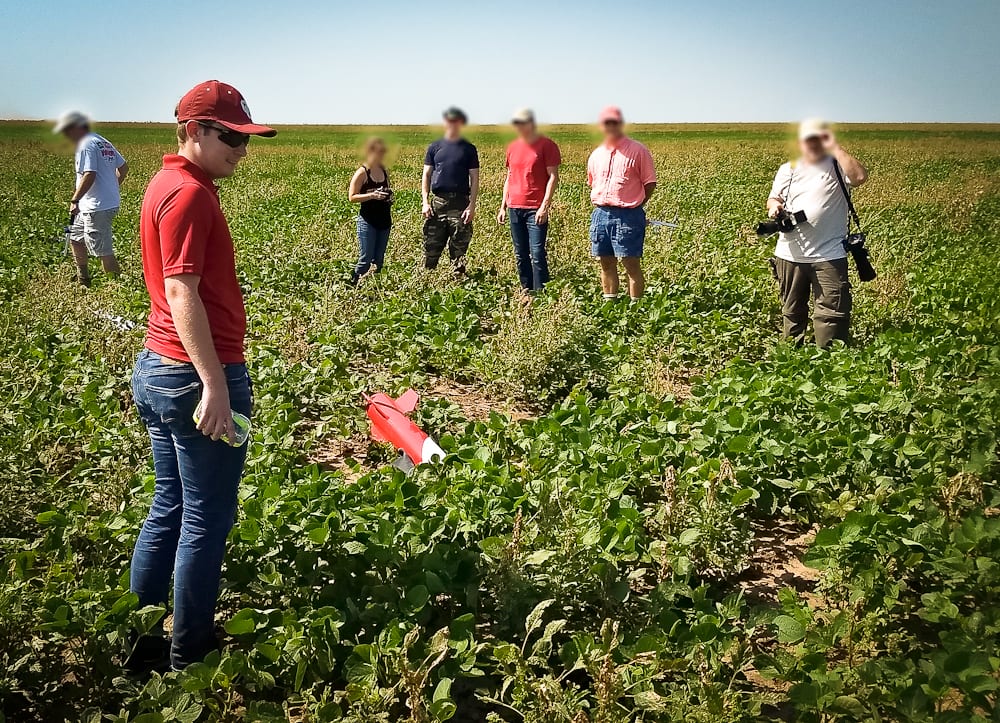This summer, after being chosen for a $10,000 grant to promote peace, three OU students carried out their project proposal to provide menstrual health education in India.
Senior Pranav Mohan, senior Cindy Belardo and graduate student Abhishek Yadav won United World Colleges’ Davis Project for Peace Grant after forming a proposal to travel to India to educate women about menstrual health. This summer they put the proposal into action with Mohan travelling to villages and schools in Lucknow in the Indian state of Uttar Pradesh, and educating women about menstrual health in areas where it is a taboo subject.
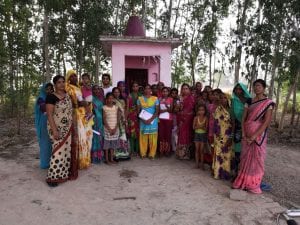
“Menstruation is a topic of taboo and it’s also a topic of shame,” said Mohan. “We wanted to create that friendly environment where women can talk about it. Menstruation is such a thing that it creates a pressure, it creates a boundary around women where they are not able to open up, where they are bounded, so we wanted to break those cages and empower them.”
Yadav said that Mohan and Belardo were very passionate about the subject and his role was to help them do the research to find their main focus point, which was educating women about the menstrual cup.
The lack of education about menstrual health means that women aren’t aware of all their options and it can make menstruation a negative experience for women, said Mohan, a mechanical engineering major. Mohan said the team sees the menstrual cup as the best menstrual health option for many women.
Mohan said that there are a variety of reasons they suggest women use the menstrual cup, including that it lasts up to 12 hours, there’s less of a risk of toxic shock syndrome as there is in tampons, you can use the same cup for 8-10 years, it’s silicone so it molds to your body comfortably and it’s environmentally friendly and cheap.
Belardo, an environmental studies pre-medicine major, was involved the preparation and organization of the project. After the group conducted research, the information they gathered was used to create manuals which they gave to volunteers from the NGO they worked with, Belardo said. They chose to use the volunteers to speak with the women because they felt that it would be easier to hear about menstrual health coming from Indian women they could relate to, she added.
“Basically we were kind of showing the pro’s and con’s of using cloth, that was like the primary use of most of the ladies there, so like what are the good things, bad things, and then also disposable pads,” Belardo said. “Then we also showed the pro’s and con’s of menstrual cups, so we looked at all of them and they could decide from there if they want to try it, so it’s in their hands.”
Mohan said there were about 12 seminars lead by the volunteers, each 2 hour long sessions, reaching around 300 women. Though 300 seems like a small number, he said the women are likely to talk about the menstrual cup with their friends and spread the idea by word-of-mouth.
Mohan said the students bought the menstrual cup in bulk and sold it at a cheaper price to the women, with 138 buying one. One of the volunteers is following up with the women who chose to try the menstrual cup to see if they are experiencing any problems and if they like it, Belardo said.
Other than promoting the menstrual cup, their main purpose was to educate, Belardo said.
“The whole premise of this project is to talk about menstruation and trying to break that taboo, which is here too, like even for me, my own life, I was not comfortable talking about that and especially also in India,” Belardo said. “So that’s our main goal, just to educate. A lot of women don’t even realize what is happening to their body, and to me, that’s a right just to know, it’s such a natural process, you shouldn’t be ashamed, you shouldn’t be embarrassed.”
Article written by Evelyn Scafe
from OUDaily
http://www.oudaily.com/news/ou-students-chosen-for-peace-grant-to-educate-women-in/article_7839283a-8f72-11e8-b930-df1240528951.html